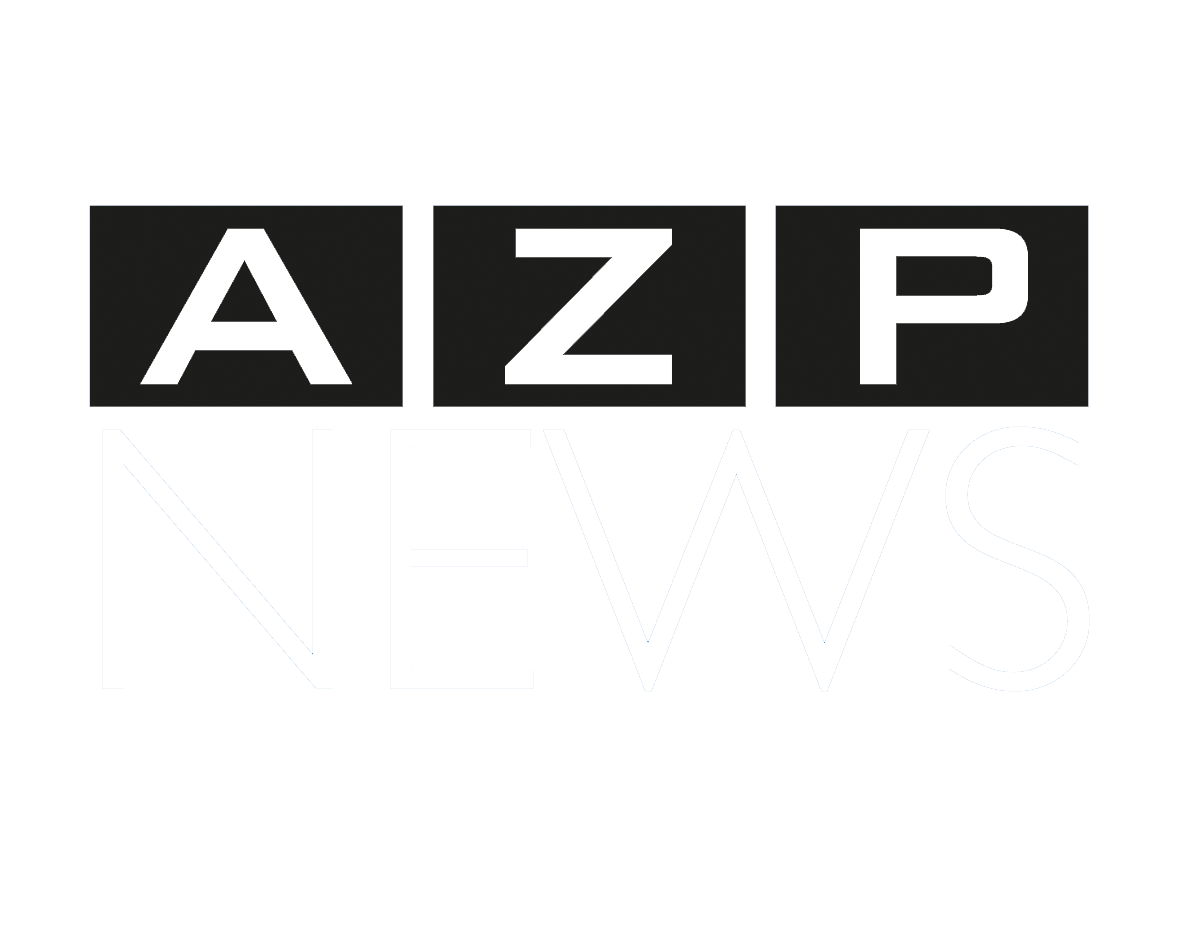
WITH the rolling back of lockdown in Trinidad and Tobago, many have felt a sense of relief.
Maybe not for just being able to go out again, but in some instances avoiding having to file for bankruptcy.
But as our lives have started getting a semblance of normalcy, just over the past week there has been a noticeable rise in cases after we started the month of July at 130 cases.

Is this the so called “second wave” of Covid-19 that was predicted?
When talking about epidemics or pandemics, the term “wave” is not especially useful.
Imagine taking a dive at Maracas beach, while under water, it’s hard to tell how many waves are passing over your head. There is no formal definition of a “wave” when it comes to epidemics or pandemics.

Thus, the term “wave” is unscientific and arbitrary. Some describe any rise as a second wave, but it is often a bumpy first wave as maybe in our case.
In order to say one wave has ended, the virus would have been brought under control and cases fallen substantially.
For a second wave to start, you would need a sustained rise in infections.
Over the past week we went from 137 cases on July 19 to 156 on July 29. Many are concerned that this may be the ascending leg of a second wave.
However, we must be mindful that there will be peaks and drops throughout the ongoing pandemic, but not sufficient time has passed and data is still forthcoming for us to be sure.
While the resurgence in cases has become evident and the curve is now on the way up; data may be deceptive as numbers on an national level must be taken considering the additional cases picked up due to contact tracing and their relationship to the recent local spread cases that were discovered initially.
But the verdict is still out as contact tracing and testing is still ongoing.
Of the last five pandemics the world has faced in about century, four had multiple waves of infection outbreaks and the second or third waves have turned out to be more severe than the first.

Thus, there is a precedent for multiple peaks in a pandemic. The Spanish Flu of 1918 is one such example. Its second peak saw more deaths than the first.
With the carnage that has been inflicted by Covid-19 thus far, can we imagine something worse?
It’s unclear whether Covid-19 will follow the course of history. As we loosened the restrictions of lockdown, there was never a question of “if,” but “when” will there be a second wave.

Opportunities for the spread of the virus does increase as we rollback phases of lockdown.
A second wave is inevitable, given the nature of a disease that can cross borders and infect broadly.
Last week was our wakeup call to this stark reality. This highlights our struggle to balance the need to open the economy with the need to protect the public’s health.
Our government has not taken any action thus far on rolling forward lockdown, but any successful plan to limit a second peak would require vital information from aggressive contact tracing and a significant amount of testing.
Many have thus far expressed serious concern that testing is not sufficient to give a clear indication as to how far is the current spread. It also limits us in telling if the first wave is over and confirming the recent upsurge as a so called second wave.
The virus is still present. Rolling back lockdown was in no way an indication that virus left us.
If we know that more than 90% of our population are still susceptible of getting the infection, that means there will be clusters of spread as we have recently seen.
As long as the virus persists, even at a lower level, a reassurance is a real scenario.
Just because you found an umbrella to shelter under, does not mean that the rain has stopped. Until the rain is over, we have no choice but to exist in a “new normal” that incorporates our behavior social distancing measurers.

Based on available data, this is the only proven way to reduce the possibility of second wave within the context of the absence of a vaccine.
Whether we are in a second wave or in a peak of the first, our response should be the same. That is actively adopting the “new normal” that observes social distancing measures.
Congregation has increased significantly as we are currently in phase five of lockdown and the number of persons wearing facemasks has significantly dropped.There is no doubt that these factors contributed to the spate of recent spread.

With the recent upsurge in cases and ongoing contact tracing, the likelihood of one coming into contact with an infected induvial who is not yet diagnosed is significant.
Your risk of contracting is determined largely by your actions with respect to adopting the new normal:
- Wash or sanitise your hands regularly
- Wear a face mask when venturing out
- Stay six feet away from others when venturing out
- Stay home if you’re sick
- Avoid touching your face
- Cover your nose and mouth when you cough or sneeze with a disposable tissue or the crook of your elbow
- Regularly clean and sanitise frequently touched surfaces like doorknobs, countertops, sinks and cellphones
Dr Visham Bhimull is a Primary Care Physician MBBS (UWI) Diploma in Family Medicine (UWI)
![]()











